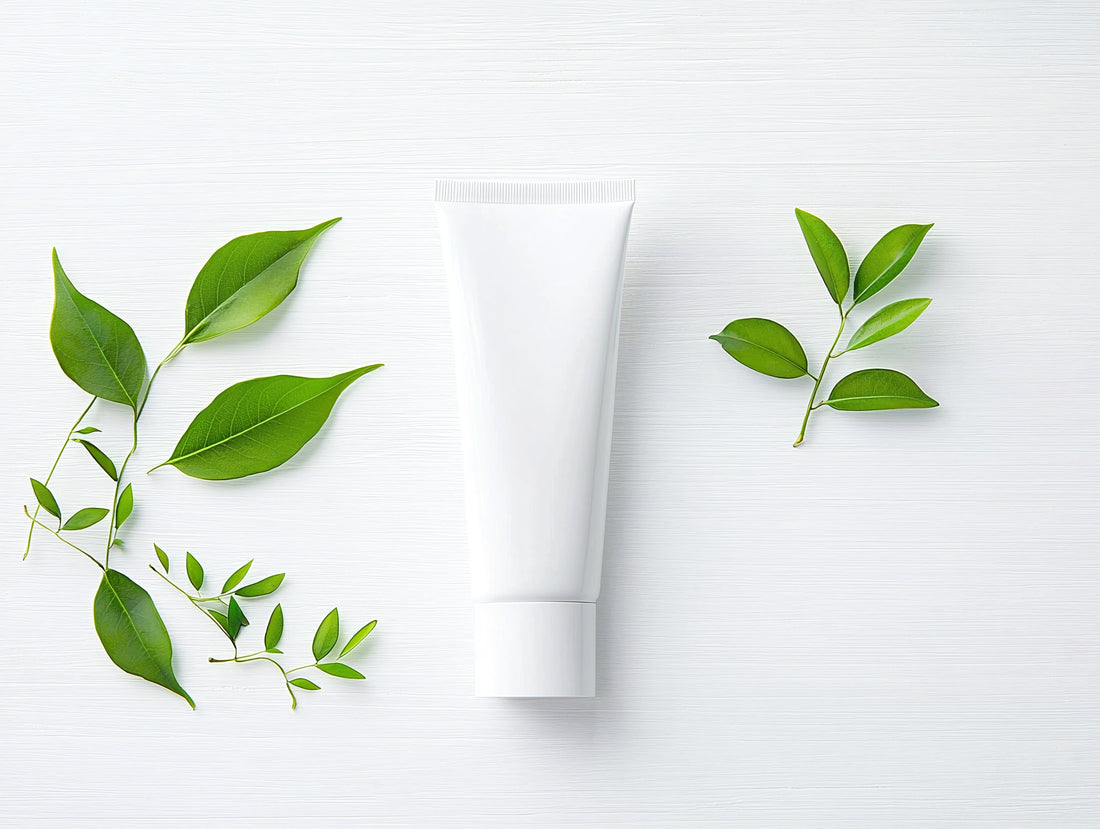
Greenwashing in Beauty: What You Need to Know (Part 2)
Greenwashing doesn’t just stop at packaging – it happens on the ingredient label too.
🧪 Ingredient Greenwashing: What It Looks Like
· Natural – Could mean partially plant-based, or could even contain one natural ingredient.
· Organic – May refer to just one certified ingredient in the whole formula.
· Clean – May not contain parabens and sulphates but they may still contain PEGs, phthalates, synthetic fragrance, or petroleum-based fillers.
🔍 Always read the full ingredients list. Look out for:
· Questionable synthetics: Propylene Glycol, PEGs, Copolymers, dimethicone
· Undisclosed fragrances: Fragrance or Parfum can hide 3000+ chemicals
🧼 Real-World Examples of Greenwashing in Beauty
🧴 ‘Green’ Shampoo:
Advertised as ‘natural and sulfate-free’ but contains synthetic fragrance, cocamide DEA (a foaming agent linked to carcinogenic concerns), and PEG compounds – all potentially irritating and non-biodegradable.
💧 ‘Organic’ Moisturiser:
Boasts ‘made with organic rose water’ but has fewer than 5 natural ingredients out of 25 — most of which are emulsifiers and fillers. No official organic certification.
🧠 Why It Matters
Greenwashing isn’t just misleading — it has real consequences.
· For your skin: Harsh synthetics marketed as ‘clean’ can trigger sensitivity, dryness, and long-term inflammation.
· For your health: Ingredients like phthalates, parabens, and synthetic fragrances are linked to hormone disruption, allergic reactions, and more.
· For the planet: A product that claims to be ‘eco’ but uses materials that contribute to the 120+ billion units of packaging waste the beauty industry produces every year – most of which ends up in landfills or oceans.
✅ How to Spot Brands That Are Actually Conscious
· Transparency – Do they list every ingredient and explain what it does?
· Certifications – Are their claims backed by third parties (like COSMOS, Ecocert, Cruelty-Free)?
· Packaging clarity – Do they use sustainable materials or clearly explain how to recycle?
· Honesty over hype – Instead of ‘miracle’ promises, do they explain what each ingredient is for?
💬 Final Thoughts
As consumers, we deserve better. And brands have a responsibility to do better.
So next time you’re reading a label or scrolling through beauty ads – take a closer look. The words might say ‘clean’, but the ingredients and packaging will tell you the truth.

